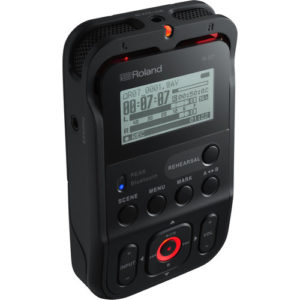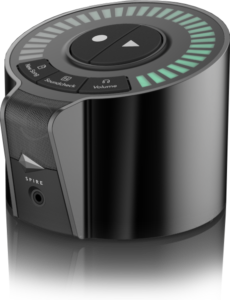Now that I’ve gotten past the busy Christmas season, it’s time for a quick Genos demo. And I do mean quick!
I was anxious to try the new Yamaha Genos™ FunkAltoSax and FunkBaritoneSax voices as well as the JazzFlute. All three are Super Articulation 2 voices designed for solo lines.
For alto sax, what could be a better test than Junior Walker’s “What Does It Take (To Win Your Love)” although Junior knocked this one out on tenor. It’s a fun tune to play although I still have difficulty with them triplets. That’s why he’s Junior Walker and I’m me.
So, about the backing track. It started life as a MIDI file purchased from Yamaha Musicsoft. Previously, working in SONAR, I selected new voices, etc. for the PSR-S950 and produced a mix without the (usually) awful melody part. The melody part is for me. Music minus one, great for practice.
Now, instead of SONAR, I copied the S950 MIDI file to the Genos and revoiced/remixed it on the Genos alone. Overall, mixing on the Genos went well. The only two hang ups were:
- Figuring out where the S950 “Song Creator” went, and
- Getting the Genos to apply and save the new voices, effects, levels, etc.
Song Creator is subsumed into MIDI Multi Recording (Reference Manual, Chapter 5). Even if you have the MIDI song in the Genos Song Player, you must explicitly import the MIDI song into MIDI Multi Recording. Maybe I did something wrong, but MIDI Multi Recording clears the song data when you first enter MIDI Multi Recording, as Genos assumes you’re creating a new song.
The other usage snafu is remembering to tap the multi recording Setup icon and to “execute” the set-up (Chapter 5, page 73). If you don’t execute, Genos does not change the existing Mixer settings (including new voices) when you save. I totally forgot about this aspect of the Yamaha UI because I usually prepare MIDI files in SONAR and do not mix on the arranger itself.
Yamaha, why-oh-why did you keep this skunky workflow? So many people get frustrated by this unnecessary execute step. Just commit the set-up as it is when you tap Save.
I found it very easy to fly around the Mixer making changes. Here is a table summarizing the S950 setup and the Genos setup:
S950 voice/effect Genos voice/effect
------------------- --------------------
Strings SeattleWarm
Brass p PopHornsSwell JS
FretlessBass ActiveFingerBass
RockPiano C7 WarmGrand
AcousticKit VintageOpenKit (Revo)
Room reverb Real Room (REAL REVERB)
I tried not to over-think the remix, choosing voices fast without a lot of A/B comparison. PopHornsSwell is OK; maybe I could have done better. The active finger bass, C7 and vintage open drum kit are all new to Genos.
The VintageOpenKit is a Revo drum kit with wave cycling. I didn’t need to remap any of the low MIDI notes due to a sound compatibility issue. (See Genos hi-hat happiness for more info about differences and potential issues.) This demo shows what Revo can do for a plain vanilla MIDI drum track. Like the rest of the mix, I didn’t do any tweaking and tweezing with the drum kit.
The Real Room reverb sounds better than the legacy Room reverb algorithm. I A/B tested the mix with the compressor ON and OFF. I left the master compressor ON (Natural preset) since it gave the mix more body. Overall, the track sounds more finished (studio-like) with the master compressor ON. The master EQ is flat. Maybe the mix would sound better with a mid-range scoop and a slight high/low boost?
Recording-wise, I jumped into Audio Quick Record, enabled recording, set a level, and tapped the play button. After a few false starts, I played the tune through — for better or for worse.
Here’s the finished Genos demo: “What Does It Take” (MP4/AAC). Enjoy!
Production talk aside, what’s it like to play? I can’t express the absolute joy it is to play the FunkAltoSax voice. Frankly, I don’t really care whether I sound like Junior (doubtful) or not, so much as engaging with the music and having fun within the moment. I’ve only had a few practice sessions with the ART1, ART2 and ART3 buttons; it helps to know a priori the instrument-specific articulation associated with each button. But, nothing — nothing — replaces the visceral thrill of scooping those sax wails and blasting the growl.
Man, it’s a good time. 🙂
Copyright © 2017 Paul J. Drongowski


